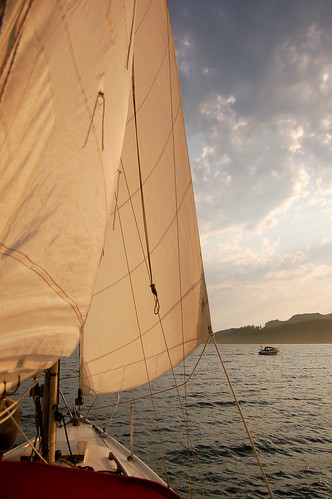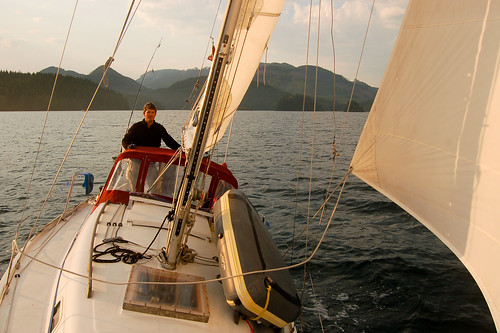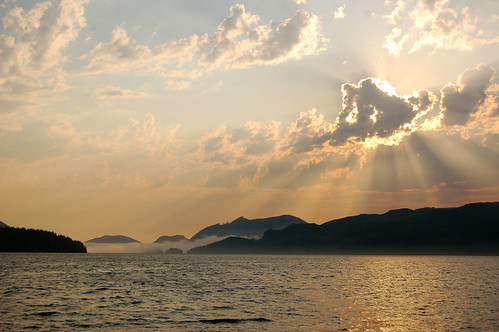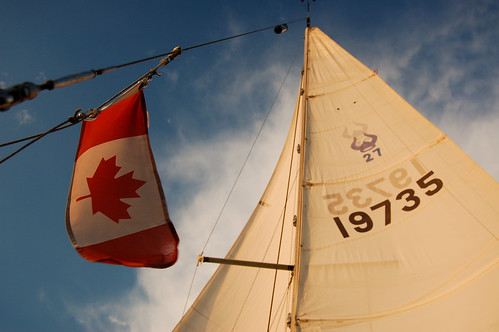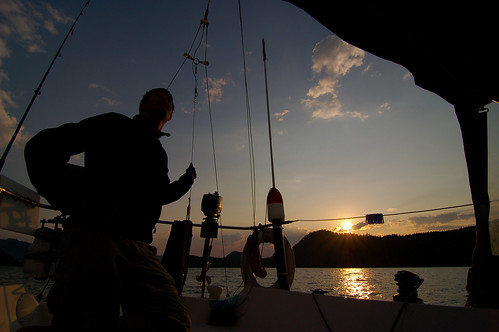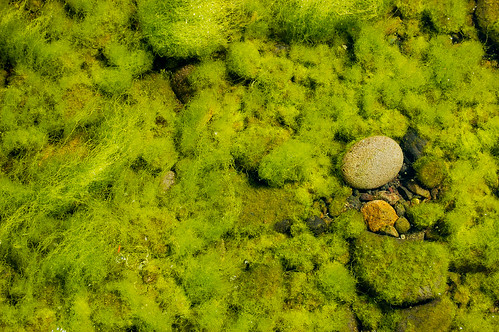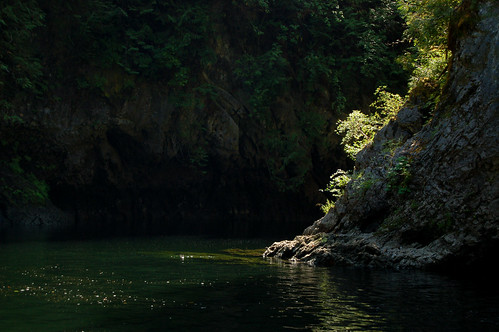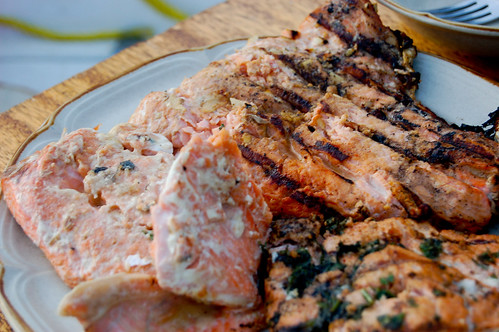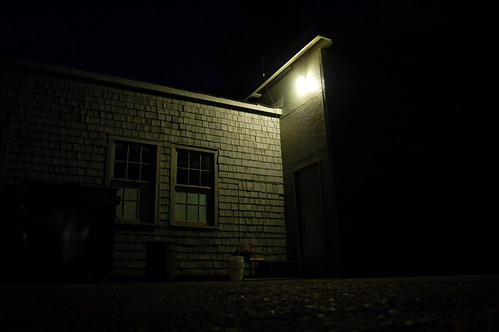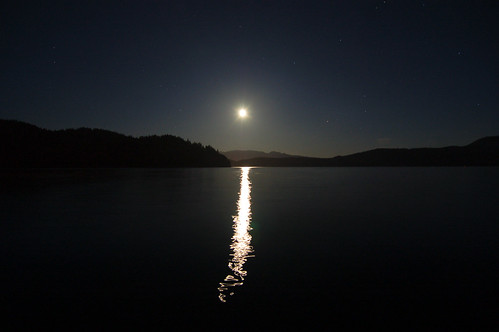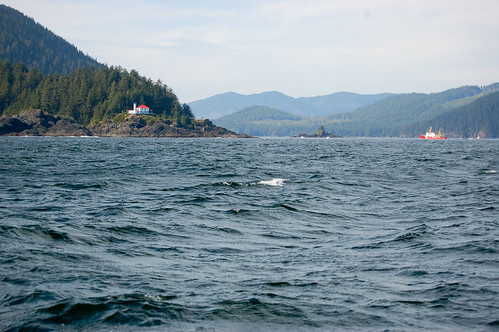Jul 31 – Aug 3
The huge Quatsino Sound, one of many on the west coast of Vancouver Island, almost divides the north end of the Island in half. Only a small strip of land separates Port Hardy from Coal Harbour, a small community deep inside the inlet. These inlets offer refuge from the ocean for weary sailors, and great sport fishing as seen by the many fishing boats and fishing lodges found here.

A prudent sailer would try to time their passage up and down these inlets in accordance with the inflow and outflow winds. In general, the inflow winds start around noon, strengthening in the afternoon. Outflow winds build in the late evening and die by early morning. We stopped for lunch in East Cove, tucked behind a few small islands with a few trees to shelter against the wind. A lovely isthmus and pebble beach looked worthwhile to explore. One could spend a month or more on this coast exploring all the nooks and crannies, or sail it the west coast from Winter Harbour to Ucluelet in three days as they do on the bi-ennial race around the island.
Sport fishing boats are a common sight in the sound. The small communities of Winter Harbour, Holberg, and Coal Harbour are heavily based around the fishing industry. Not being locals, we would often look to see where other boats were, and try our luck in those locations.
Sailing at sunset up Quatsino Sound.
Sunset in Quatsino Sound.
Sailing wing on wing up Quatsino Sound.
Still sailing. Ed was persistent on sailing the entire day without the use of the engine. The last mile to Pamphlet Cove probably took an hour as we crawled along at 0.5-1 knot in the non-existent wind, only moving due to the current.
A bastardized version of a Prairie Fire. Tequila, soy sauce, and hot red pepper powder. Don’t try this at home.
Fog is a common occurrence on the west coast. Usually its just foggy on the coast, but the fog occasionally extends inland too. It’s neat see the banks of fog cresting over the top of the trees. Most boats out here have both radar and chartplotters to deal with the constant fog and numerous rocks and reefs. We had a close call with a rock during a moment of inattention. We also had another close call when a fast moving fishing boat appeared out of the fog going across our bow.
Tidal flats.
The inner section of Quatsino Sound is seperated from the outer section by Quatsino Narrows, a narrow channel with currents reaching 8 knots. Timing was key here. We decided to explore Varney Bay and Marble River Provincial Park that afternoon. The Marble river is a really neat place, almost a bird paradise. The first part of the river is wide with tidal flats, but suddenly it narrows and we were surrounded by steep limestone walls with high vegetation. We see eagles perched in the trees above, and sea otters swimming in the water. It might be possible to continue all the way to the source, Alice Lake, but after two portages with the dinghy we felt satisfied. Definitely a highlight. The best time to explore would to go up river just before high tide, so the current would help you in and out.
The limestone canyon.
Grilled salmon
Old building from World War II in Coal Harbour.
Coal Harbour was named for some coal deposits found nearby. It used to be the last whaling station on the West Coast, but the only evidence of that today is a monument with a harpoon and the old whaling building. We heard that the not to be missed site in Coal Harbour was the massive blue whale jawbone on display, possibly the largest in the world. I walked by the site twice, but just couldn’t see it. And then I asked some locals and they laughed, since apparently I just walked by it. I was baffled wondering where it was. Eventually some guy drove by and explained that some drunk idiot had driven into it, probably thinking it was a goal post.
Moonrise over inner Quatsino Sound
Fishing boat at night.
Quatsino Sound
We waited at Winter Harbour, hoping for a favourable forecast. While it was protected there and inside Quatsino Sound, the outer sections were experiencing a gale. The marine forecast was calling for 2-3m seas, 25-35 knots of wind. While the boat probably could have handle that, we weren’t quite sure if we were up to it, and the torn mainsail would be tested. Admittedly we were getting a bit antsy, having spent a few days now in Quatsino Sound, and we were craving the open ocean and a change of scenery. Around 5pm, we decided to go out into the sound and see what the wind was doing. It was still blowing strong, gusting 25-30 knots but it felt like the winds were diminishing as per the forecast. We messed around a bit, getting used to tacking and steering in the wind and swell, and once we felt confident, we decided to sail towards the Brooks Pennisula in a race against the sun.

